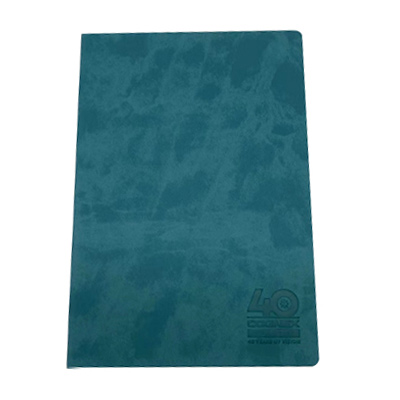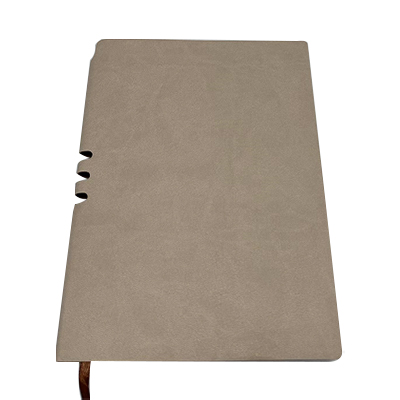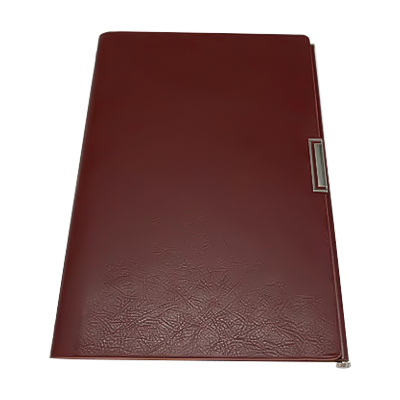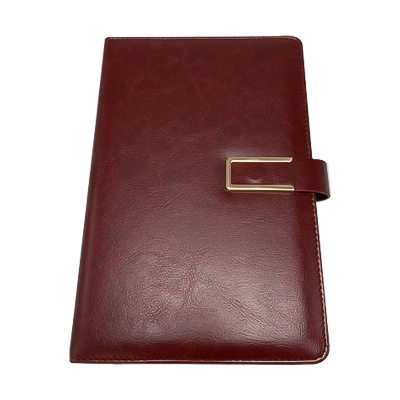1. Material Selection: The Foundation of Quality
The quality of a paper gift bag depends primarily on the paper used. Common paper types include kraft paper, coated paper, art paper, and recycled paper.
Kraft paper: Its texture is tough and yellowish-brown in color, making it suitable for weight-bearing gift bags. It also appears simple and natural, and is environmentally friendly.
Coated paper: Its smooth surface makes it suitable for printing vibrant patterns and has a high-quality feel. It is often used in high-end gift bags.
Art paper: Available in a variety of finishes, including matte, glossy, and textured, it is ideal for highlighting design and texture.
Recycled paper: An environmentally friendly material, made from recycled waste paper, is low-cost and sustainable.
In addition to paper type, paper weight (thickness) is also a key factor. Typical gift bag paper weights range from 120g to 300g. The higher the weight, the sturdier the bag. The environmental friendliness, feel, and printing quality of the material directly impact the overall quality and user experience of the gift bag.
2. Design and Layout: Balancing Aesthetics and Functionality
Design is key to attracting customers to a paper gift bag. Designers will design patterns, colors, and sizes based on the client's brand positioning, product attributes, and target audience. This stage primarily includes:
Size Determination: Designing the appropriate bag size based on the volume of the gift, ensuring both aesthetics and practicality.
Structural Design: Considering the bag's load-bearing capacity, handle structure, and opening shape to ensure ease of use.
Pattern Design: Including the brand logo, pattern, text, and decorative elements to ensure a unified overall style and highlight the brand's personality.
Color Matching: Colors must align with the brand's tone while also considering the expressiveness of the printing technology.
Typesetting and Proofreading: Layout the design according to printing process requirements to avoid misalignment, color differences, and gaps.
After the design is finalized, the plate-making files are prepared for printing, preparing for the subsequent printing process.
3. Printing Process: The Magic of Color
The printing process determines the visual impact and brand image of the gift bag. Common printing techniques include:
Offset Printing: Suitable for large-scale production, it produces vibrant and delicate colors and is suitable for complex, multi-colored designs. Offset printing transfers ink to paper via a plate, offering high precision and efficiency. Screen printing: Suitable for small-volume production or printing on special materials. It produces a thicker ink layer and a more intense texture, often used for special effects such as metallic and fluorescent colors.
Digital printing: Suitable for small-batch customization, it allows for quick response to customer needs and precise color, but it also comes at a relatively high cost.
Special processes such as hot stamping, UV spot varnish, and embossing enhance the quality and visual depth of gift bags.
During the printing process, attention must also be paid to color management to ensure that the printed colors match the design and avoid color variations that affect the brand image.
4. Cutting and Die-cutting: Precise Cutting
After printing, large sheets of paper enter the cutting and die-cutting process:
Cutting: A paper trimmer is used to cut the large sheets of printed paper into individual sheets of appropriate size. The edges must be kept neat during cutting to prevent damage.
Die-cutting: Special dies are used to cut the paper into shapes such as bag openings and handle holes. The meticulous die-cutting process ensures neat and precise openings, facilitating subsequent assembly. The precision of die-cutting directly impacts the finished bag's aesthetics and functionality, especially the size and placement of the handle holes, which influence its carrying comfort and weight-bearing capacity.
5. Folding and Gluing: Structural Formation
The cut paper enters the folding and gluing process:
Folding: According to the design drawing, the paper is folded along the predetermined creases, either by machine or by hand, to form the bag's shape. The creases must be sharp and precise to prevent deformation during use.
Gluing: Gluing the sides and bottom of the bag together using environmentally friendly hot-melt adhesive or white latex. The glue must be even and firm to ensure the bag can withstand a certain amount of weight and prevent delamination and leakage.
This step is crucial to the gift bag's strength, and the quality of the glue directly affects the bag's weight-bearing capacity and durability.
6. Strap Installation: Combining Practicality and Aesthetics
Finally, the handle strap is installed to enhance the user experience and aesthetics.
Strap Materials: Common strap materials include cotton, polyester, hemp, and polyester-cotton blends. Different materials have different feel and durability. Strap shape: Round rope, flat rope, twisted rope, etc., depending on design style and load-bearing requirements.
Attachment: The strap is attached to the bag by punching holes, threading the rope through, gluing, or rivets. The holes should be durable and have smooth edges to prevent the rope from fraying.
The strap design not only affects carrying comfort but also serves as a decorative accent to the gift bag.

 English
English Deutsch
Deutsch Français
Français Español
Español русский
русский عربى
عربى





